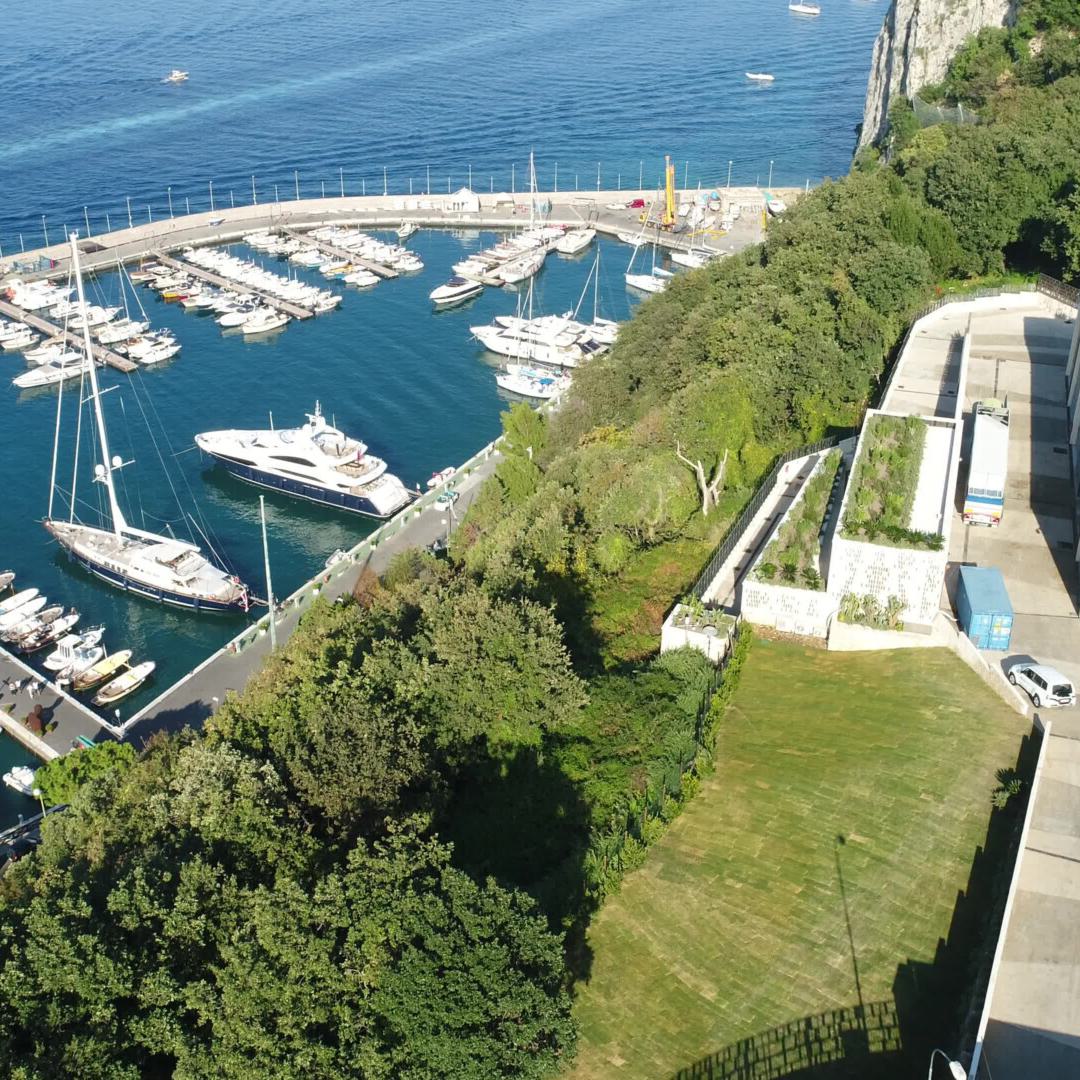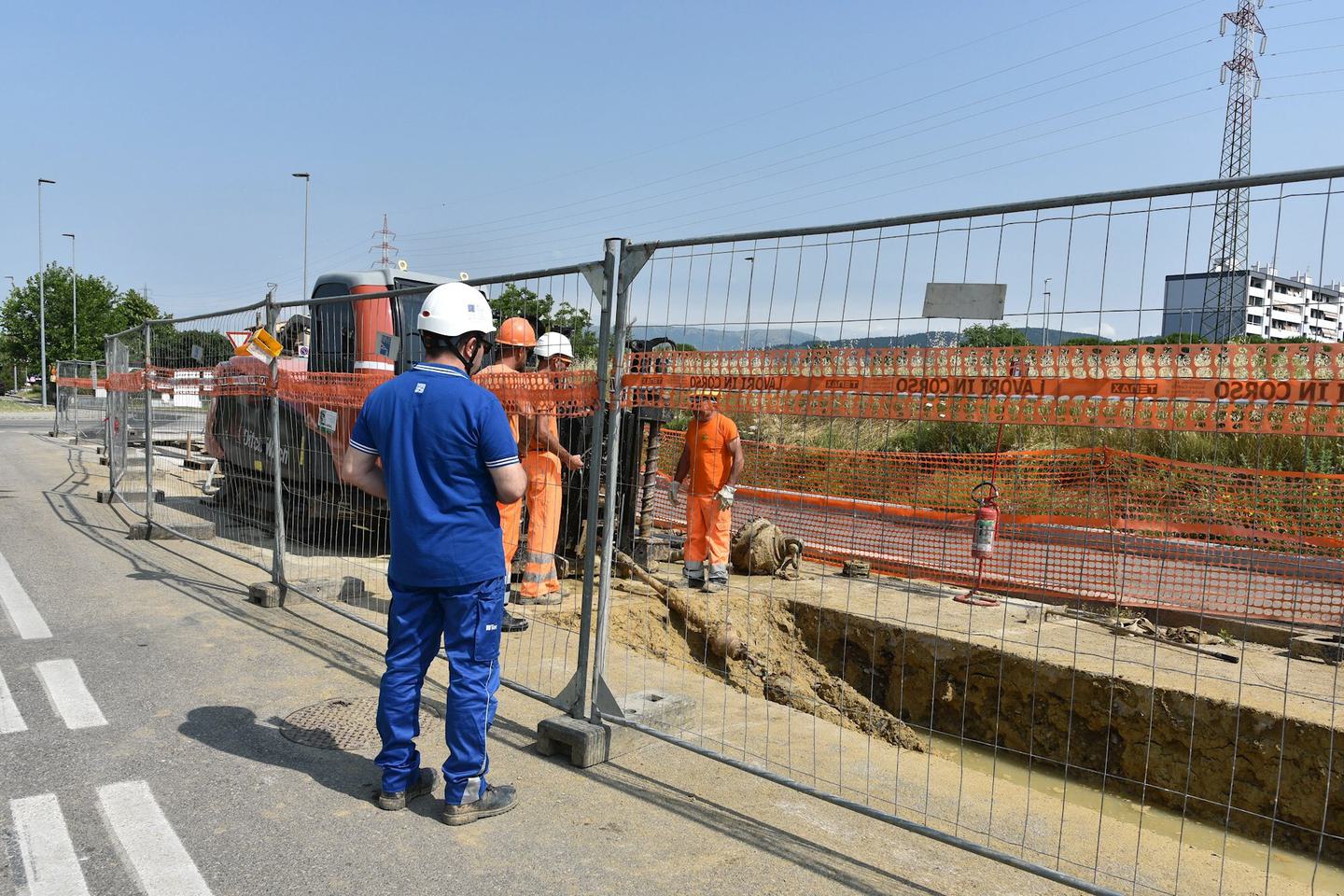If you’ve ever happened to stay in a port area while on holidays in a seaside town, or even simply passed close by one, you’re sure to have noticed that the noise of cruise ships, ferries and container ships can be quite unbearable. Well, that’s just one small aspect of the environmental damage caused by vessels, particularly larger ones, to the places where they dock: even when moored, they are responsible for as much as 20% of the pollution in port cities, over and above the noise pollution. This figure, by no means a trivial one, has been reported by the "Transport and Environment Reporting Mechanism – TERM" scientific study from the European Environment Agency. In fact, ships actually leave their engines running even docked in harbour. This is particularly true of cruise ships, which are nothing short of floating tourist resorts carrying thousands of passengers. They are so energy intensive that, according to the estimates given in the 2023 Development Plan for Terna, the company that manages the Italian national electricity transmission grid, it would take 25 mid-sized cars a year to emit the same quantity of CO2 that a cruise ship in port produces in just 10 hours. However, the energy transition has a solution to this problem too: it’s called “cold ironing”, a term which is not widely known among the public, but which essentially means electrifying port infrastructure in order to gradually phase out fossil fuels. This would make it possible to supply ships with power from shore, using electricity. The project is part of the process of decarbonisation in the transport sector, specifically maritime transport in this case.
Green port projects have already been put into practice all over the world, particularly in the USA and Northern Europe — in Los Angeles, San Francisco, Gothenburg and Rotterdam, among others. And Italy, whose natural geography makes the sea one of its greatest advantages in every field from trade to tourism, is not about to be left behind. In fact, cold ironing has already been included and planned for in the National Recovery and Resilience Plan (NRRP), with a considerable investment: 400 million euros to co-finance, from now until March 2026, the implementation of at least 15 cold ironing infrastructures to supply electricity to at least ten Italian ports within the Trans-European Transport Network (TEN-T), and to bring them in line with the climate goals established at national and European level. And that’s not all: the European Commission recently gave the green light to a 570 million euros package of state aid from the Italian government, running until 2033, to incentivise ships to use energy from shore-side electricity grids while they are at berth in ports, wherever and whenever possible.


